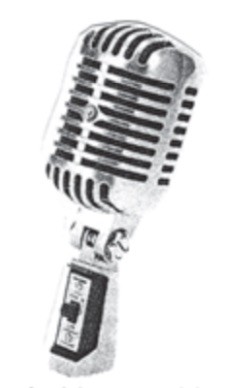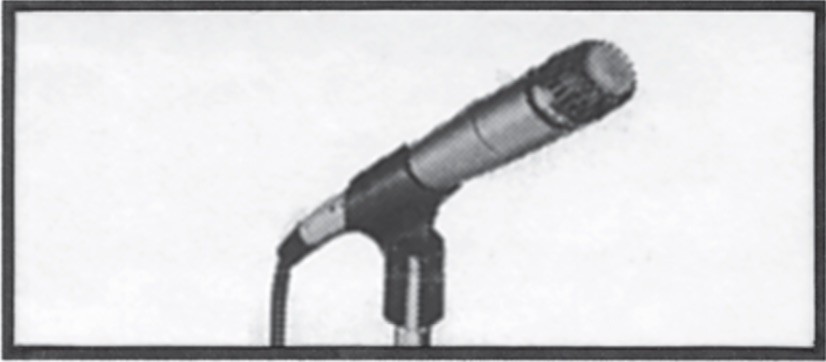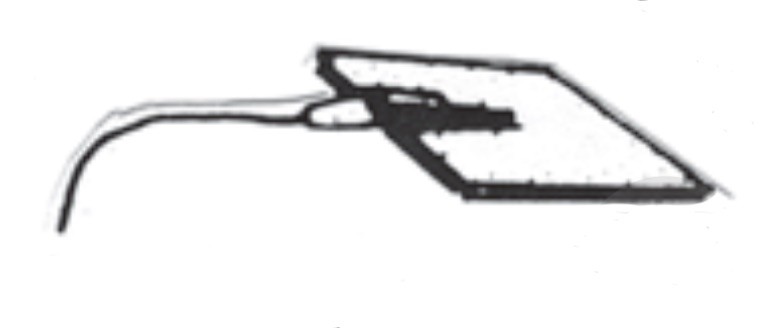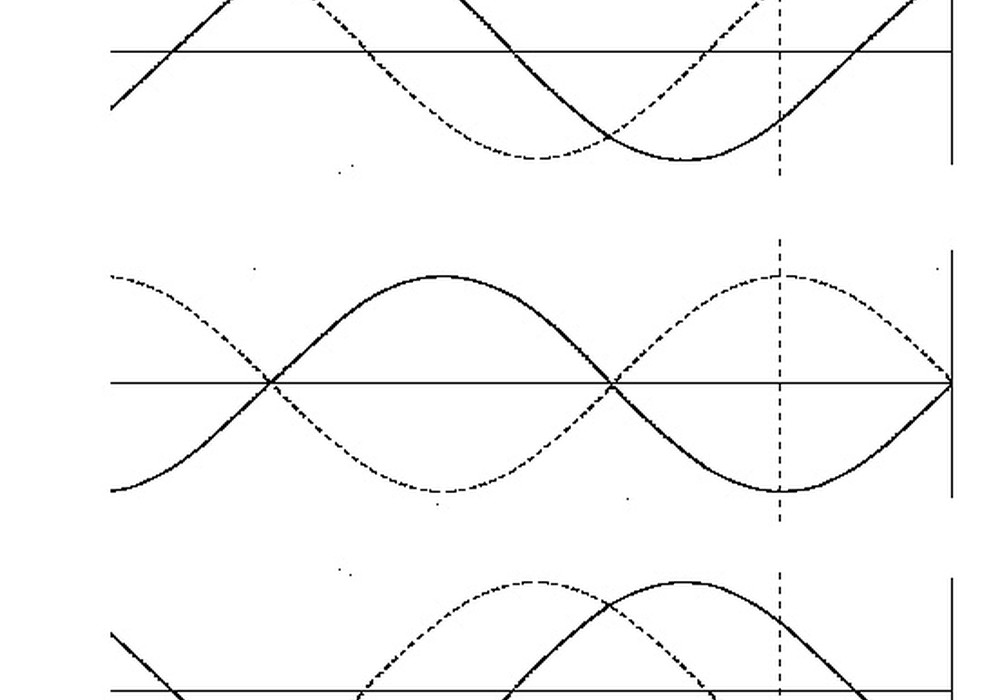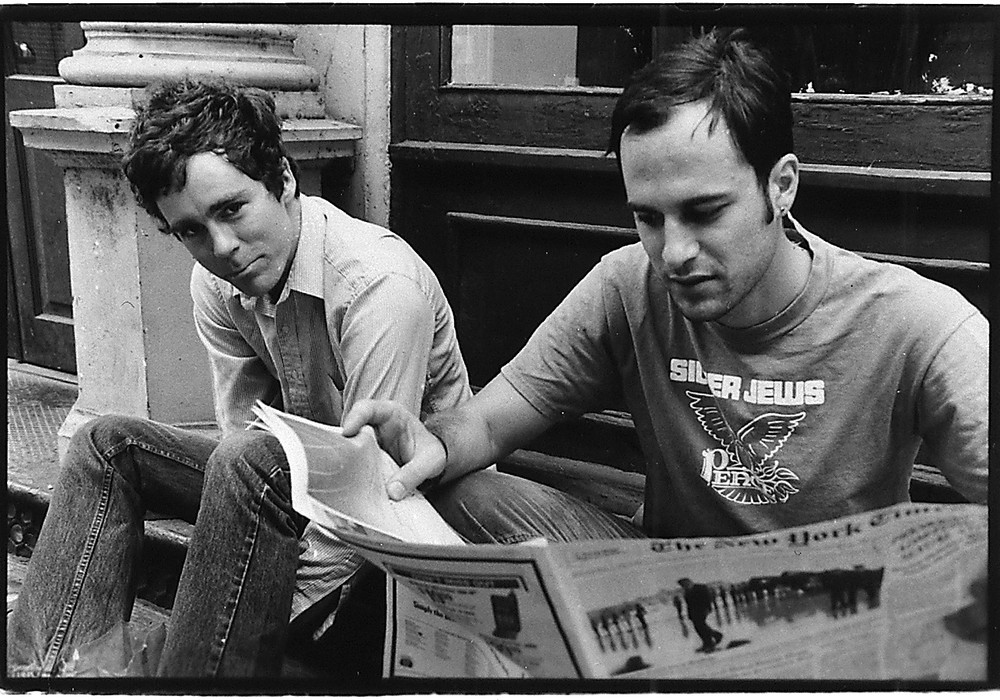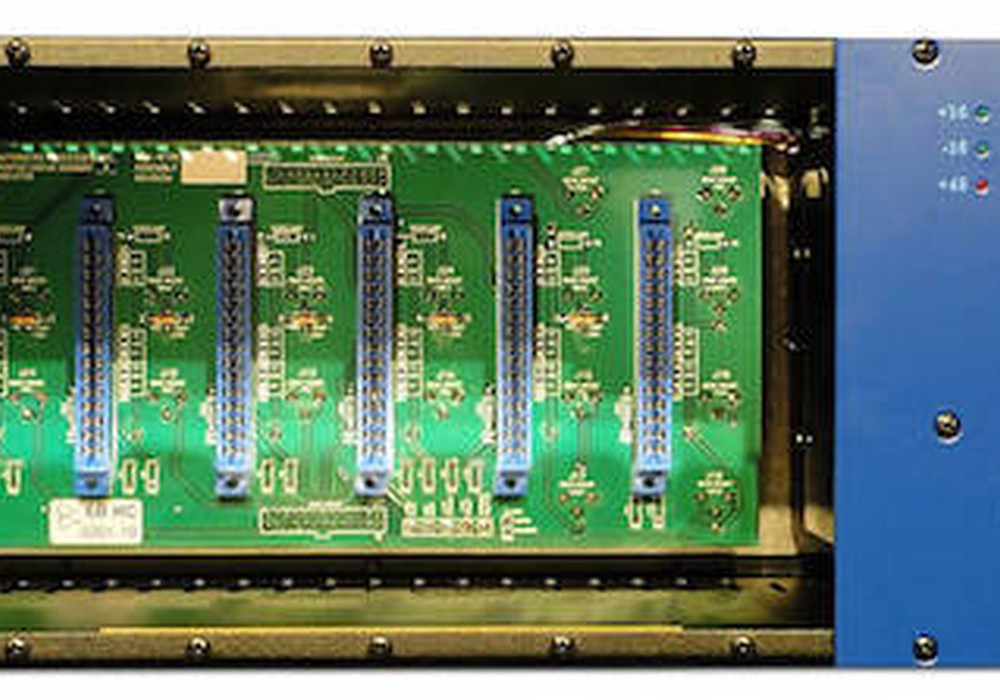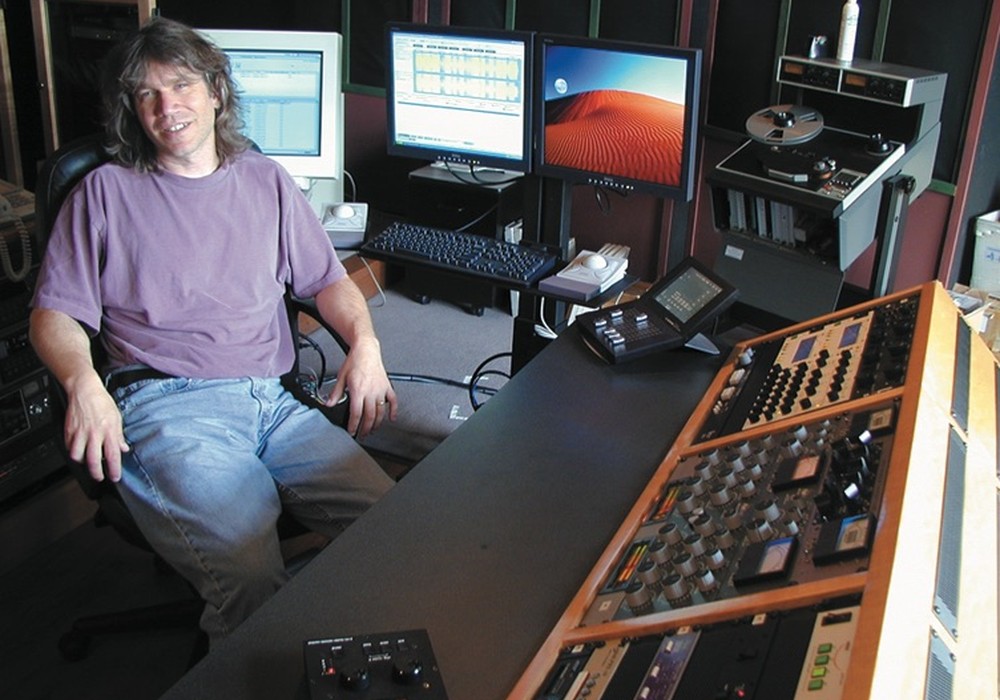Normally, in the recording magazine world, you'll pick up a current issue and find reviews of products that have just come on to the market and may cost LOTS of money. Here at Tape Op we're not only behind the times but we're also quite broke. What follows is a list of mics that I've been using with some general thoughts about the mics and their sounds. And they should all be available for less than $250, okay? This isn't a comprehensive list of every mic you can find out there or a (very) knowledgeable scientific treatise on how diaphragms work — it's just some tips for y'all.
SHURE SM 57
If you're recording music and you don't have one of these what's wrong with you? Probably every professional studio and every four trackin' geek has some of these mics laying around. 57's, the rugged workhorses of the mic world, have dictated to our ears the way we think guitar amps should sound on so many recordings it's almost scary. I use them a lot, and the following techniques can be applied to just about any type of mic. On guitar amps, try using two, side-by-side, pointing at the sweet spots just to the sides of the dome in the center, and mixing the signals together onto one channel. If you're mic'ing a two speaker amp, like a Fender Twin, put one on each speaker for a fuller tone range. For drums, 57's are the standard snare mics. I try to angle down 1½" above the rim in a way that picks up the side and bottom of the snare so you can hear its crispness. I tried mic'ing from the side of the snare but the high-hat leakage and wimpiness of the attack made me stop. On toms, get them where they are pointing in halfway to the center for a good slapping sound. I usually EQ the rack tom up a bit at 3K and the floor tom around 4-5K, with a low end boost on both. I like loud toms, and this works well. If you want a sharp, tapping kick drum sound throw a 57 in there too. Don't point right at the spot where the beater hits or you'll probably get a blown-out mic sound. A little off-center and a lot of EQ boost on the low end can garner a fine kick tone. For vocals, you can try a 57. They seem kinda dead and dry to my ears, but I've had some takes that came out just fine. Fancier preamps can bring out a lot of character in the mic at this point but that's a whole 'nother subject.
PZM
If you saw issue #1 of Tape Op, you'll remember a lengthy article on the joys of PZM's and the modifications one can do to them. All I usually use them for in the studio is as stereo overhead mics for the drum kit. They have a nice, clear high frequency sound that picks up cymbals real well and the fact that they are immune to phase cancellation allows the other mics on the kit to come up as loud as needed without causing trouble. Right now, they're mounted on small sheets of particle board and suspended on old cymbal stands so I can move them around the room and balance out the levels of the cymbals that they are picking up. I roll off the low end and pull back the highest high end a bit too. This seems to give a good picture of the cymbal action, while also building a stereo image of the drum kit (which I think adds a lot to the drum sound in general). I sometimes try to use them as ambient mics for acoustic guitar or ethnic percussion tracks but most of the time they've generated too much internal hum to be real useful. The sad part is that Radio Shack, the cheapest place to get these mics, has stopped carrying them this year. Keep your eyes open for used ones I guess.
CROWN CM 700
This mic, which looks a lot like a Mag Light, is actually somewhat new and came out last summer. Someone traded me this one for recording time, but I think they list at $300, so you should be able to find one for a little over $200. It's worth every penny. This mic is a cardioid condenser, and it somehow has all the clarity of a condenser mic with the ability to handle high sound pressure levels (SPL). It also has a built in bass-tilt switch, which can be set for flat, roll-off, or low-cut and rolls off around 200 Hz. ...


